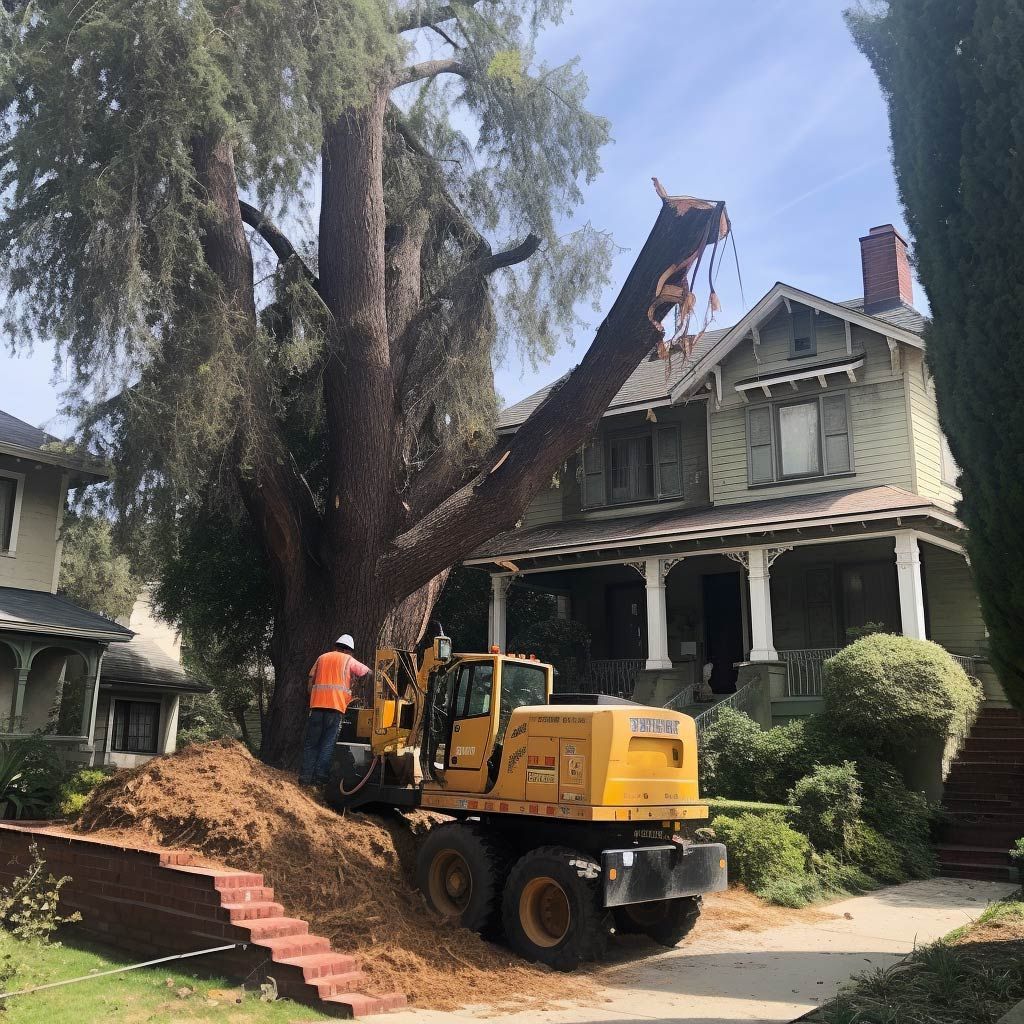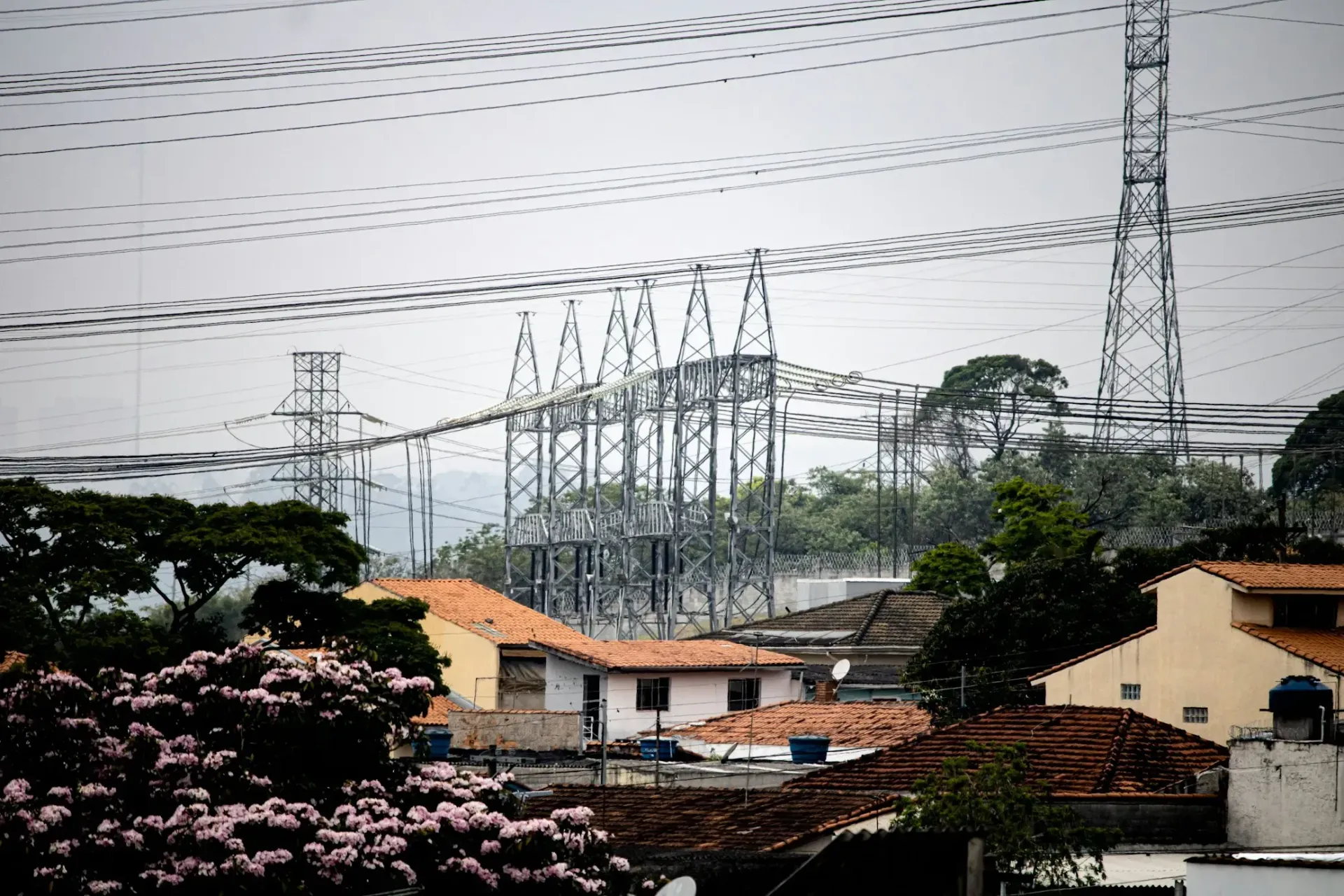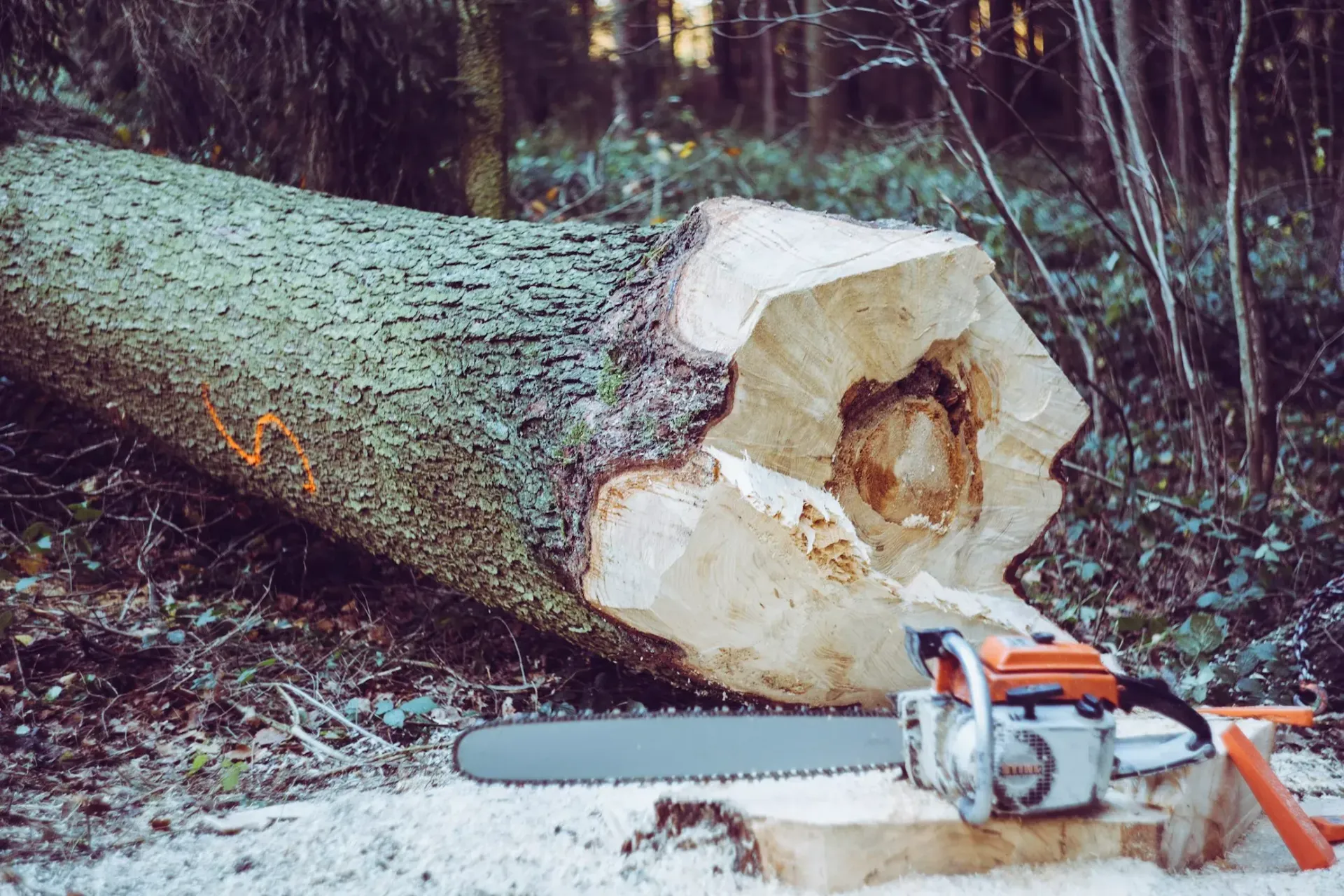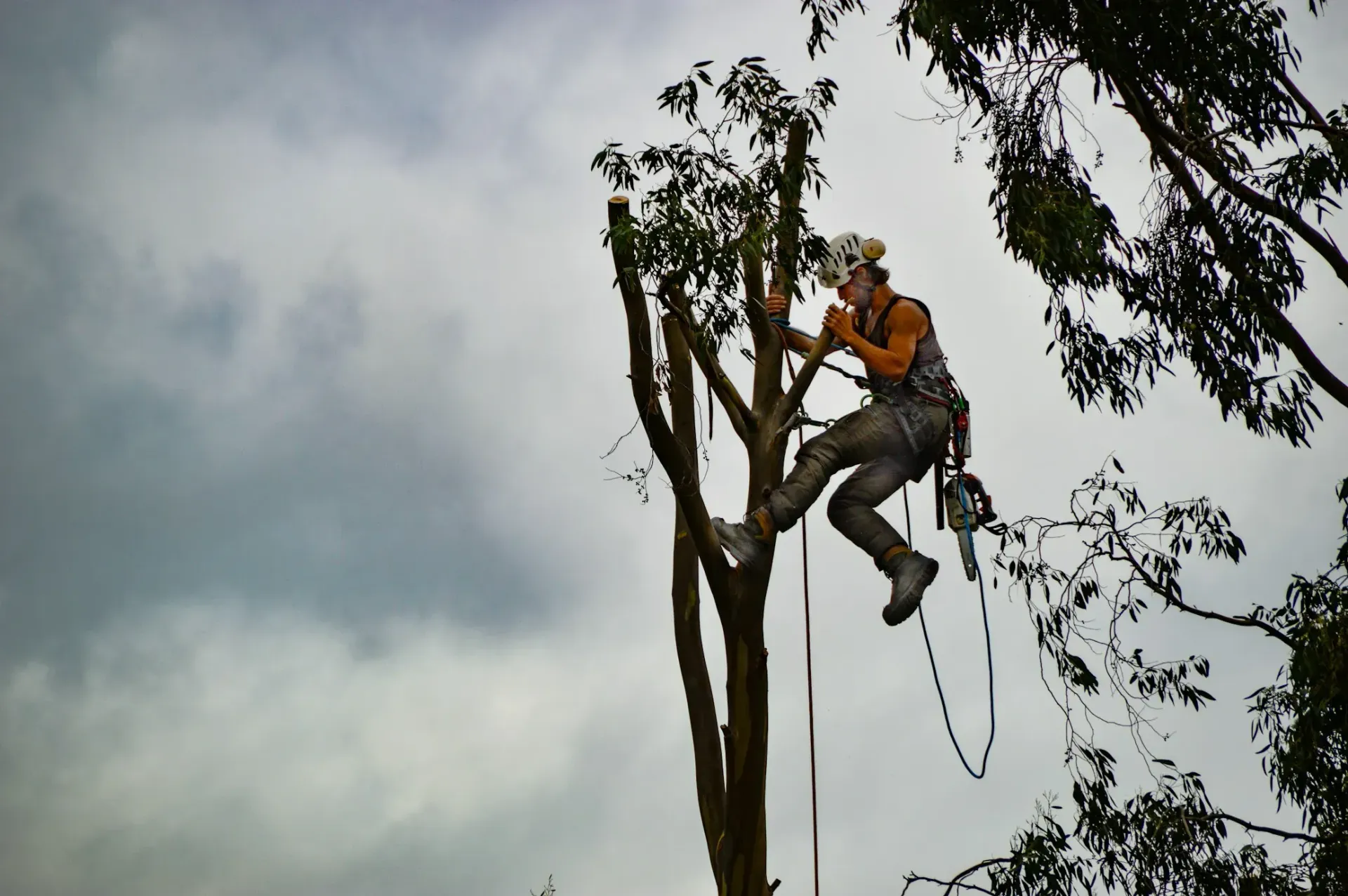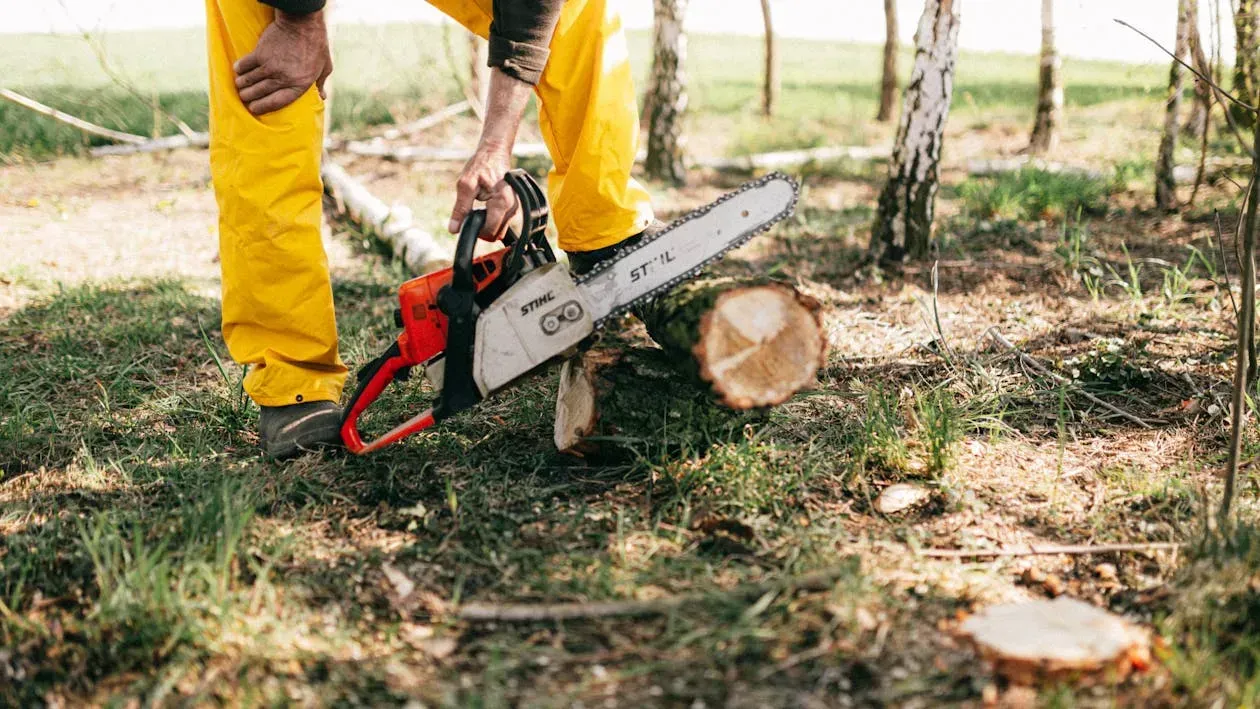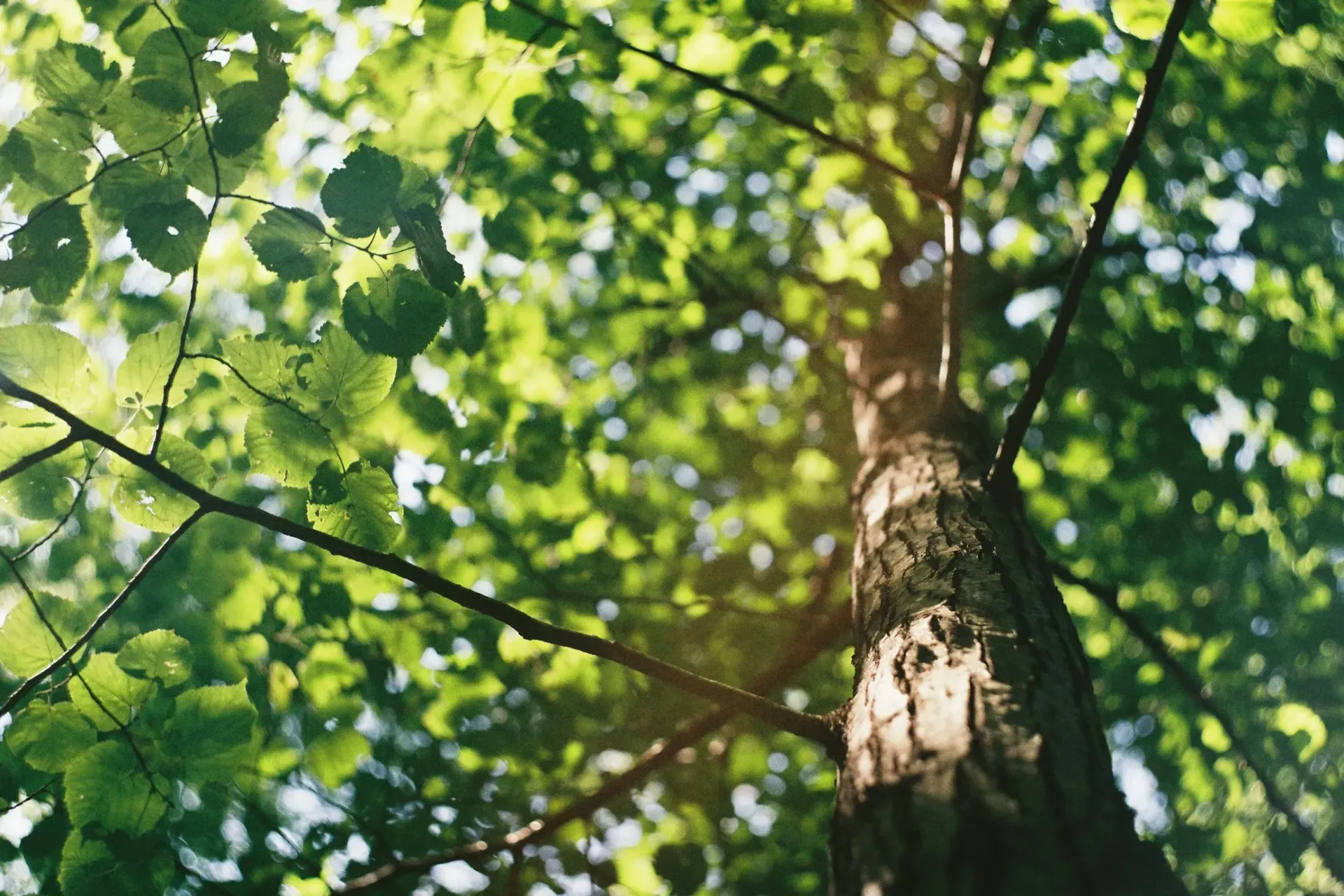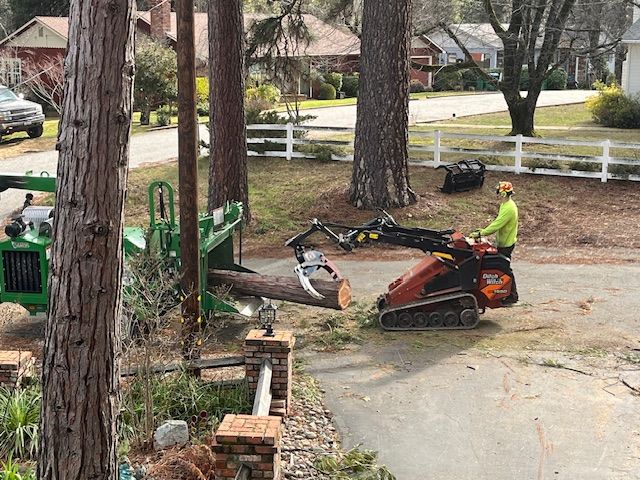Understanding Tree Ordinances in Alta Sierra, Nevada, Penn Valley, Lake Wildwood, and Grass Valley, CA: A Comprehensive Guide for Homeowners
Trees: they're not just nature's skyscrapers, but the backbone of our urban landscapes. For homeowners in Alta Sierra, Nevada, Penn Valley, Lake Wildwood, and Grass Valley, CA, understanding local tree ordinances is more than a matter of civic duty.
It's about preserving the lush, green fabric of these communities for generations to come. This guide is your go-to resource for navigating the regulations surrounding tree removal, planting, and maintenance.
Let's dive in and branch out your knowledge, ensuring your green initiatives are both fruitful and compliant.
The Importance of Tree Ordinances
Tree ordinances might sound like just another set of rules, but they're the unsung heroes of urban planning. These regulations are crucial for balancing growth with greenery, ensuring our communities stay vibrant and verdant. Why do they matter? Let's break it down:
- Environmental Impact: Trees are powerhouse environmental protectors. They filter air pollution, provide oxygen, and offer shade that reduces energy costs. By adhering to tree ordinances, communities ensure these natural benefits continue to flourish.
- Social Benefits: Beyond their beauty, trees foster community well-being. They're known to reduce stress, encourage outdoor activity, and even decrease crime rates. Tree ordinances help maintain these social sanctuaries.
- Economic Value: Healthy trees can significantly boost property values. They make neighborhoods more desirable and can lower heating and cooling costs through natural insulation and shade.
Overview of Tree Regulations in Each Community
Navigating the nuances of local tree ordinances can feel like wandering through a dense forest. Let's clear the path by breaking down the specifics for each community. Remember, regulations can vary widely, so it's crucial to consult the official sources for the most accurate information.
Alta Sierra Tree Ordinances
In Alta Sierra, the focus is on preserving the natural beauty and preventing soil erosion. Before you consider removing a tree, check if it's protected due to its species, size, or historical significance. Permits are often required for removal of trees beyond a certain diameter.
Nevada Tree Ordinances
Nevada's regulations are designed to protect native species and manage wildfire risks. Homeowners may need to consult with a local arborist or the city's planning department to ensure compliance, especially when removing trees in wildfire-prone areas.
Penn Valley Tree Ordinances
Penn Valley places a strong emphasis on maintaining its rural character. Tree removal, especially on larger properties, might be subject to more lenient regulations but always check for any special considerations for native or endangered species.
Lake Wildwood Tree Ordinances
Lake Wildwood's ordinances are particularly focused on lake health and scenery. Removing trees within a certain distance from the lake requires a permit, to ensure that the lake's ecosystem and aesthetic value are not compromised.
Grass Valley Tree Ordinances
In Grass Valley, the ordinances aim to balance historical preservation with safety. Trees that pose a risk to property or persons can be removed with proper authorization, but the city encourages replanting to maintain its green heritage.
For all these communities, it's not just about when and how you can remove a tree. Planting new trees often comes with its guidelines, ensuring that the right species are planted in the right places, promoting biodiversity, and preventing future issues.
How to Comply with Local Tree Ordinances
Navigating the maze of tree ordinances requires a roadmap. Here's how homeowners can ensure they're not just compliant, but also contributing positively to their community's green infrastructure:
Step 1: Identify the Tree(s) in Question
- Determine whether the tree you're concerned with is on your property or public land.
- Identify the species and size, as some regulations vary based on these factors.
Step 2: Research Local Regulations
- Visit your community's official website or contact the local planning department to understand specific ordinances related to tree removal, planting, and maintenance.
- Look for guidelines on protected species, permit requirements, and any restrictions.
Step 3: Apply for Necessary Permits
- If your plans involve removal or significant alteration, you'll likely need a permit. Gather the required documentation, which may include property maps, tree details, and your intended plan of action.
- Some communities offer online applications, simplifying the process.
Step 4: Consult with Professionals
For complex situations or when in doubt, consulting with a certified arborist or a local tree care professional can provide clarity and ensure that your actions are beneficial both to your property and the community.
Step 5: Follow Through with Compliance
Once you have the green light, proceed with your tree project in compliance with local guidelines. This may include specific methods of removal, planting replacements, or maintenance practices.
Step 6: Regular Maintenance and Monitoring
Beyond initial actions, regular maintenance of your trees ensures they remain healthy and don't become future liabilities. This includes pruning, disease management, and monitoring for any changes in health or stability.
Penalties for Non-Compliance
Ignoring local ordinances can lead to fines, legal action, and the cost of remediation. More importantly, it can have lasting negative impacts on the environment and community aesthetics.
Compliance isn't just about following the letter of the law; it's a commitment to stewardship of the land and respect for the community. By taking the right steps, homeowners can ensure their trees continue to thrive and contribute to the neighborhood's overall well-being.
Benefits of Following Tree Ordinances
Adhering to local tree ordinances isn't just a legal necessity; it's a powerful way to contribute to the community and environment. Here's how compliance translates into tangible benefits:
Enhanced Environmental Quality
Trees play a crucial role in purifying the air, offering shade, reducing stormwater runoff, and providing habitat for wildlife. Following ordinances ensures the right trees are planted in the right places, maximizing these environmental benefits.
Community Well-being and Aesthetics
A neighborhood rich in well-maintained trees is more than just beautiful; it promotes a sense of well-being among its residents. Compliance with tree ordinances helps maintain the character and appeal of your community, making it a more desirable place to live.
Increased Property Values
Studies have consistently shown that properties with mature trees are valued higher than those without. By ensuring your trees are healthy and ordinances are followed, you're investing in the long-term value of your property.
Reduced Liability
Compliance with local ordinances means you're less likely to face issues with trees that become hazards or nuisances. This can save homeowners from potential legal and financial liabilities associated with tree-related damages.
Supporting Biodiversity
By planting and maintaining trees according to local guidelines, you're helping to preserve and enhance biodiversity. This is crucial for the health of local ecosystems and for providing a habitat for various species of flora and fauna.
Promoting Sustainable Development
Following tree ordinances contributes to sustainable urban planning, ensuring that development and nature can coexist. This is key to creating livable cities that cater to the needs of their human and non-human residents alike.
Community Engagement and Education
Engaging with local tree ordinances fosters a sense of community and encourages residents to learn more about the importance of urban forestry. This can lead to greater participation in community greening efforts and environmental initiatives.
Challenges and Solutions
Complying with tree ordinances can present challenges, but with the right approach, these can be navigated successfully. Here’s a look at common hurdles homeowners may face and how to overcome them:
Challenge 1: Understanding Complex Regulations
Solution: Local government websites often provide resources and FAQs on tree ordinances. Don’t hesitate to contact your local planning or environmental department for clarification. Engaging with community forums or local environmental groups can also offer insights and advice.
Challenge 2: The Cost of Compliance
Solution: Compliance, especially if it involves hiring professionals for tree assessment or removal, can be expensive. Some communities offer grants or assistance programs for tree care, particularly for native species preservation or replanting. Research local resources and plan your landscaping projects to maximize these opportunities.
Challenge 3: Finding Qualified Professionals
Solution: Hiring the right arborist or tree care service is crucial. Look for professionals with credentials from reputable organizations, such as the International Society of Arboriculture (ISA). Recommendations from neighbors or local social media groups can also lead you to trusted providers.
Challenge 4: Delays in Permitting
Solution: The permitting process can be time-consuming. To avoid delays, ensure your application is complete and accurate before submission. Provide detailed information about the tree(s) in question and your proposed actions. Understanding the timeline and keeping in touch with the permitting office can help manage expectations.
Challenge 5: Balancing Personal Preferences with Regulations
Solution: You might have specific landscaping ideas that clash with local ordinances. In such cases, consider alternative solutions that align with regulations while still achieving your aesthetic or functional goals. Local environmental or gardening clubs can be great resources for creative ideas.
Challenge 6: Navigating Neighbor Disputes Over Trees
Solution: Trees can sometimes become a point of contention between neighbors, especially if they pose a risk or encroach on property lines. Open communication is key. Share your plans and understand their concerns. Mediation services or consulting with a certified arborist can provide neutral ground for resolving disputes.
Engagement and Proactivity
Beyond addressing these challenges, proactive engagement with your community’s tree policies can be rewarding. Participate in local tree planting days, attend council meetings related to urban planning, or join a local conservation group. These activities not only deepen your understanding and appreciation of local tree ordinances but also enhance your connection to the community and the natural environment.
Conclusion: Embracing Our Role in Urban Forest Stewardship
Understanding tree ordinances in communities like Alta Sierra, Nevada, Penn Valley, Lake Wildwood, and Grass Valley, CA, is more than compliance—it's about contributing to the well-being of our urban forests and, by extension, our communities. Trees are crucial for environmental health, social benefits, and economic value, making their proper care and maintenance a shared responsibility.
For those seeking professional tree care services that align with local regulations and environmental stewardship, Cyrus Tree Service offers a solution. With expertise in tree removal, trimming, storm damage management, and more, they serve all the mentioned areas, ensuring your tree care needs are met with precision and compliance.
Partner with Cyrus Tree Service to maintain the health and beauty of your property and community. Together, we can foster a greener, more resilient future.
Ready to Enhance Your Landscape?
Experience the difference that over 21 years of dedicated tree care can make. Let Cyrus Tree Service transform your outdoor space into a verdant paradise, enhancing your property's beauty and contributing to Nevada County's rich ecological heritage. From tree trimming and removal to land clearing and storm damage restoration, we have the skills and expertise to meet all your arboricultural needs.
Don't wait! Give your trees the expert care they deserve. Get in touch with us today for a free estimate, and let's grow together, tall and strong. Contact us now and see why we're the preferred choice for tree care in Rough and Ready, Grass Valley, CA, and beyond.
Contact Us
We will get back to you as soon as possible.
Please try again later.

Contact Information
Phone:
Address:
2036 Nevada City Hwy, Grass Valley, CA 95945, United States of America


